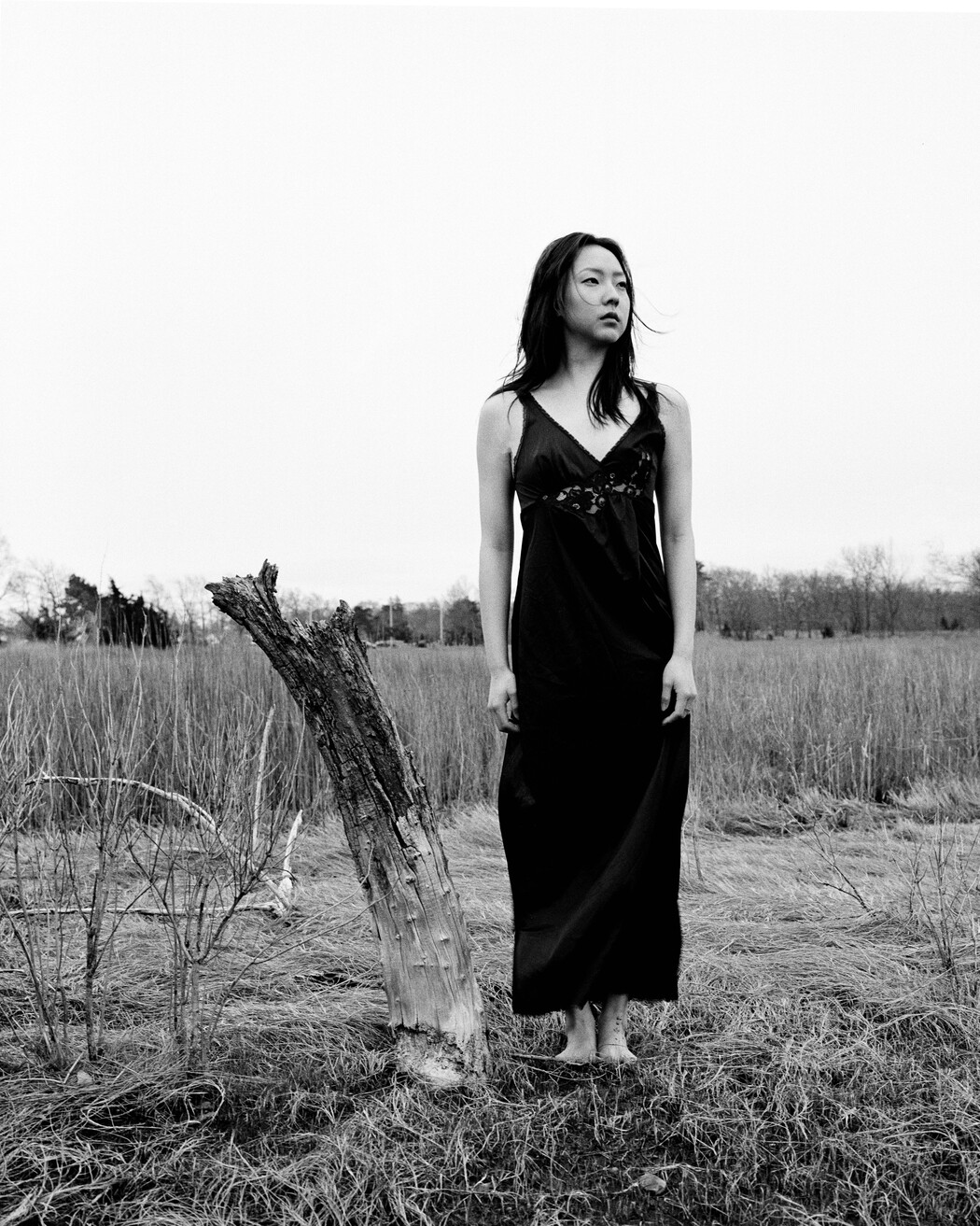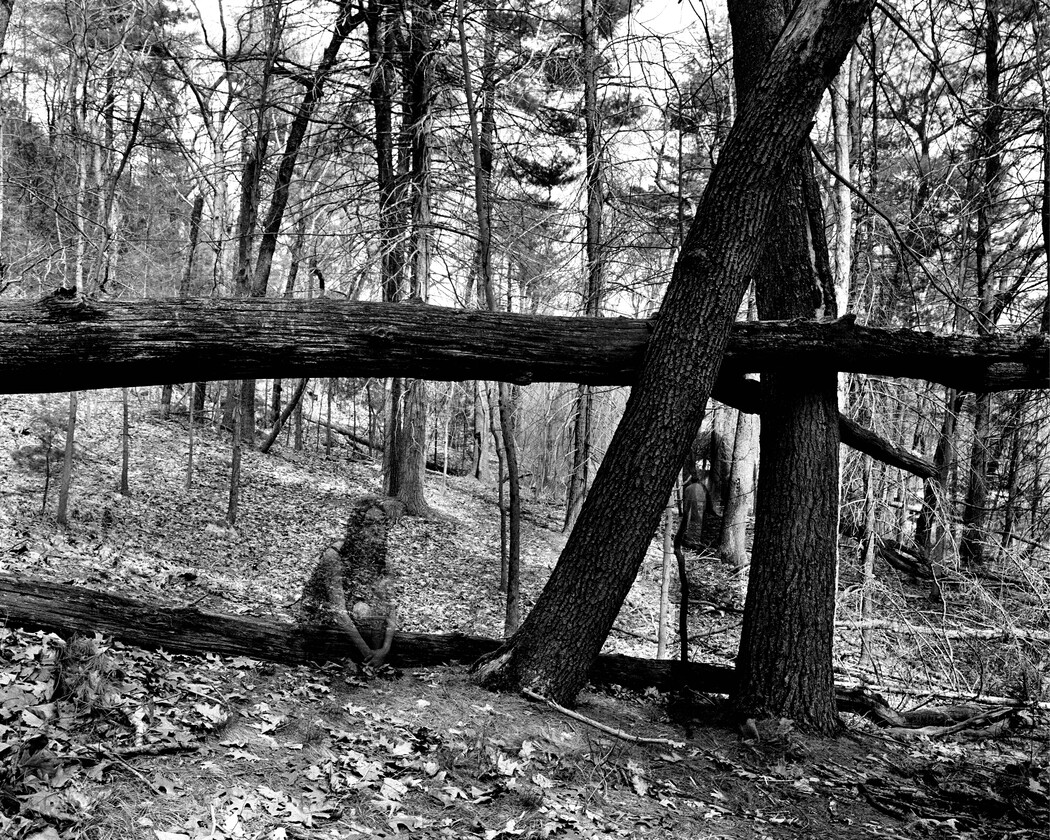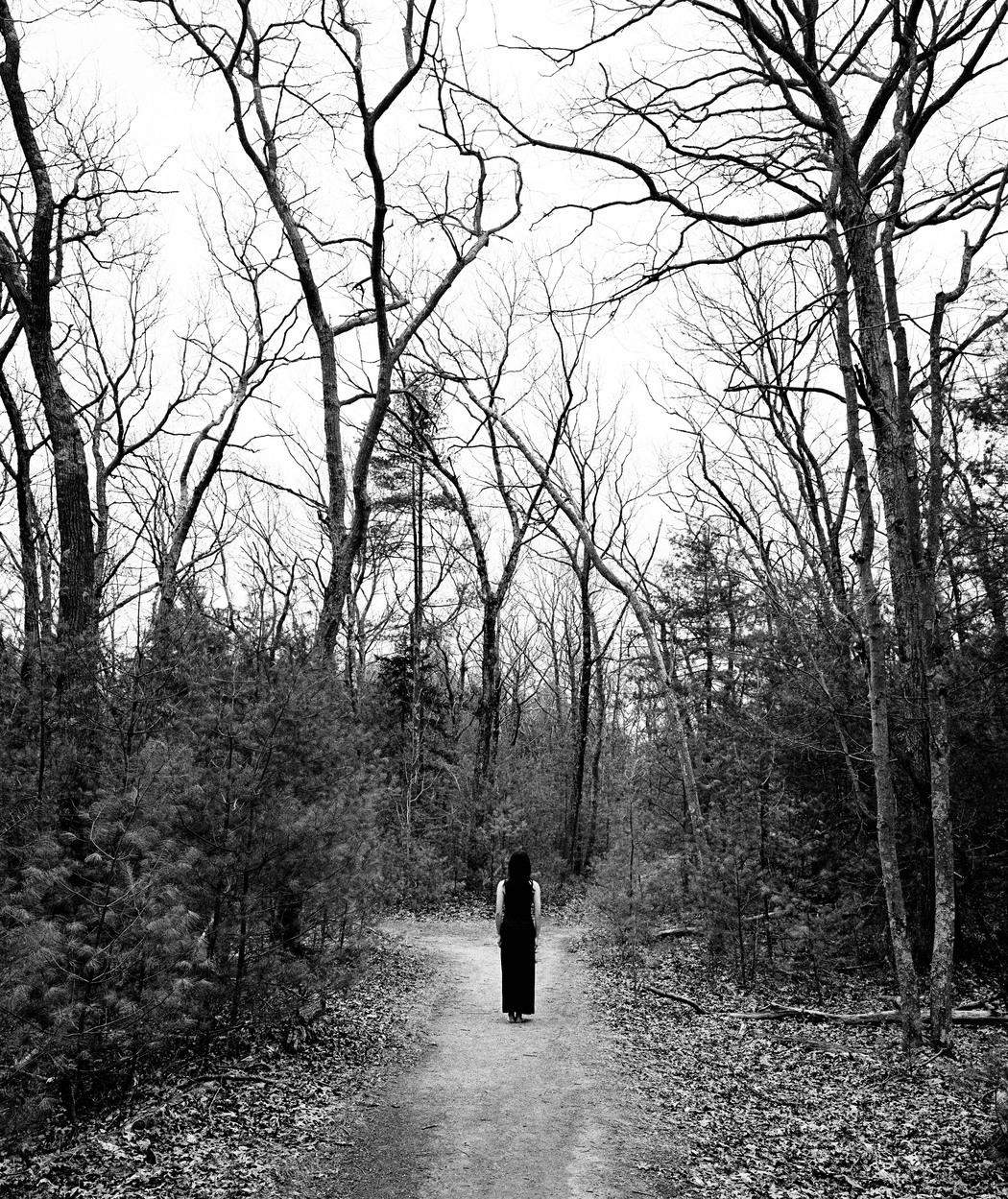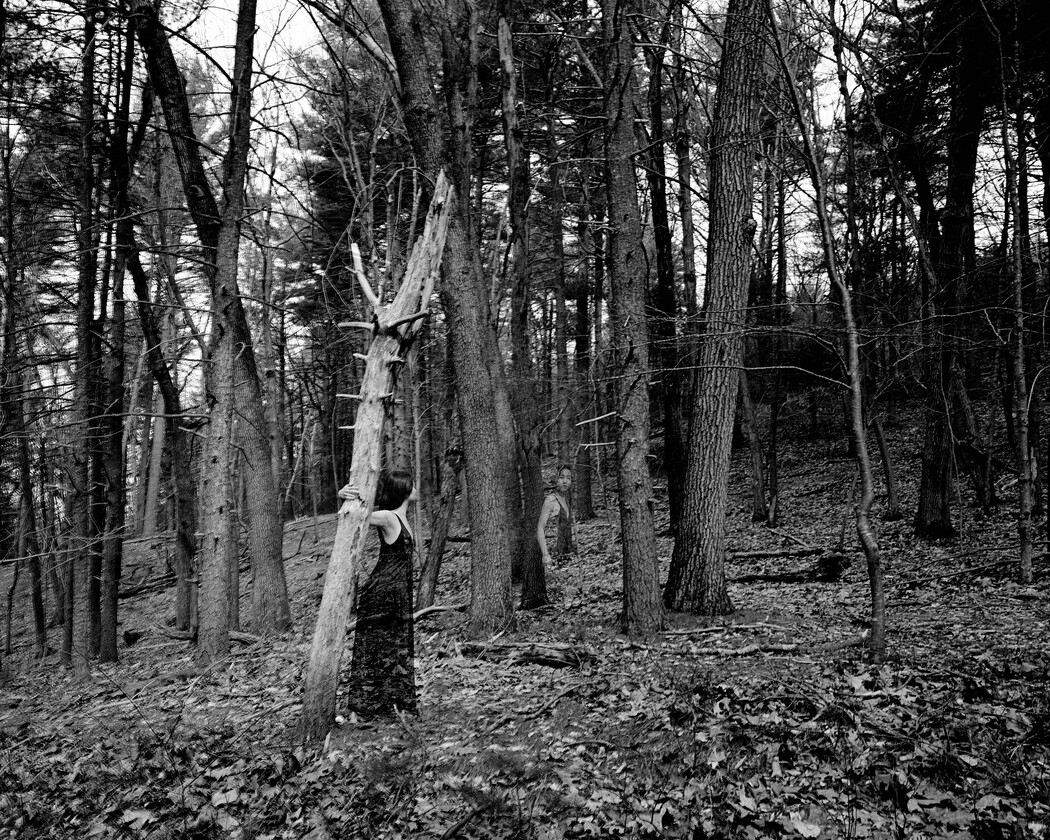Sophie Dezhao Jin
Where do you live: Los Angeles.
Your education: Bachelor of Arts, Emerson College, Boston MA.
Describe your art in three words: Intimate, tender, breathing.
Your discipline: Visual Arts / Photography.
Website
 Sophie Dezhao | Absent Presence
Sophie Dezhao | Absent Presence
Let’s start with the concept behind Absent Presence. What inspired you to explore themes of memory, grief, and emotional residue in this project?
Absent Presence began as a way for me to process trauma I couldn’t articulate with words. It came from feelings of grief, emotional distance, and the lingering presence of someone I had lost but could still feel. At the time, I was reflecting on past connections and unresolved emotional turmoil. I became fascinated by how certain memories leave behind a residue, like a scent or a shadow, that continues to live within the body long after someone is gone. It’s like they leave a print on you, and no matter how far you try to run, you carry it forward. This project became a visual language for those internal and emotional “ghosts.”
Your photographs create a haunting atmosphere—some figures appear as if they’re dissolving into the landscape. Can you talk about the techniques you used to achieve this effect?
I work almost exclusively with in-camera double exposure on film, which involves layering two images directly onto a single frame without relying on post-production. It’s a very intuitive but also intentional process—once the image is taken, there’s no undoing it. I’m constantly adjusting exposure, light, and movement to create a sense of fading, merging, or dissolving, allowing the figure to blur into the environment. Sometimes, it takes more than ten attempts to achieve the ideal image. Those fading figures resemble the emotional state I’m trying to capture, when the self feels fragmented, fading, or absorbed by memory.
 Sophie Dezhao | Absent Presence
Sophie Dezhao | Absent Presence
The natural settings in your work play a significant role. How do forests and rocky coastlines relate to the emotional landscapes you’re exploring?
I naturally gravitate toward places that feel emotionally charged. Whenever I feel overwhelmed or need space, I retreat into forests or along coastlines, places where I can be embraced by nature. These environments feel incredibly safe to me, even though they might seem wild or intimidating to others. For me, they comfort the emotional terrains I’m overcoming. There’s something about being alone in nature that allows the body to be vulnerable, to surrender. These landscapes reflect the emotional atmosphere of the work.
There’s a strong feeling of solitude in your images. Are these self-portraits? And if so, how does embodying the subject help you process personal loss?
Yes, many of the images are self-portraits. Working alone allows me to access something raw and unfiltered. Being both behind and in front of the camera creates an internal dialogue, an intimate, emotional loop. It’s not always about capturing myself specifically, but rather using the body as a vessel for emotional translation. Through this process, I’m able to externalize what I feel in a way that’s both grounding and empowering.
 Sophie Dezhao | Absent Presence
Sophie Dezhao | Absent Presence
What does the term “absent presence” mean to you personally and artistically?
“Absent presence” began as a phrase I came up with to describe the feeling of something that’s gone, but still lingers. It’s the emotional weight of someone or something no longer physically present, yet still deeply felt. Personally, it refers to people I’ve lost, moments that have passed, or versions of myself that no longer exist. Artistically, it’s about capturing that fine feeling of what’s visible and what’s sensed but unseen. That space in between is what I’m always drawn to.
You mention the idea of memory lingering in the body. How does this notion influence your artistic process and visual decisions?
I believe our bodies carry memory in ways we don’t always consciously understand, through posture, breath, or instinctive movements. When I photograph, I pay close attention to how the body reacts to space, how it folds or opens, how it holds tension or release. A turned back, a hug around myself, these subtle gestures can express things words never could. They shape how I compose and frame each shot. For me, memory becomes something physical and visible, not just emotional, but embodied.
 Sophie Dezhao | Absent Presence
Sophie Dezhao | Absent Presence
Can you share more about your transition from China to the United States? How has this shift influenced your creative expression?
My transition from China to the United States feels almost like a blurred memory now. I moved when I was 13 for school, and everything shifted so quickly. That in-between space—the clash of cultures, languages, and emotional landscapes—has quietly shaped the way I see and create. My first stop in the U.S. was Georgia, where I attended a boarding school. Later, I moved to Boston for college, and eventually to Los Angeles, where I continue to grow both personally and artistically.

Leave a Reply